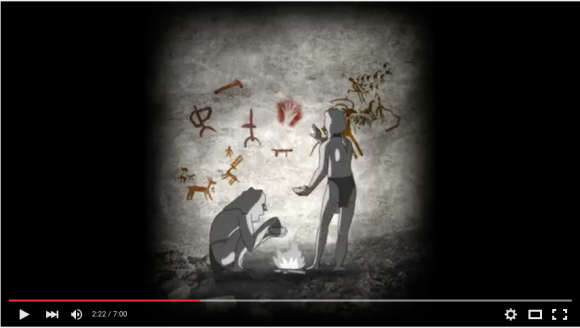he exhibition brings together a careful selection of the collection of cave art now in the Archives of the Museo Nacionalde Ciencias Naturales (AMNCN), an extensive and magnificent group of tracings and illustrations. The collection consists of depictions of Palaeolithic paintings as well as of art from Spain’s eastern coastal region and even Iberian and medieval art from practically the whole of Spain.
The creation of this collection stems from the activity carried out by the committee for paleontological and prehistoric research (Comisión de Investigaciones Paleontológicas y Prehistóricas, CIPP) during the first third of the twentieth century. The establishment of the CIPP in 1912 coincides with the most fruitful period in the discovery of cave art on the Iberian Peninsula, which facilitated the systematic reproduction of many of these works through direct copies on paper (tracings). This work makes it possible to preserve visual documents of works art, owing to its location in shelters and caves, has not survived the passage of time and it is currently the finest collection of copies of Spanish cave art deposited in a museum.
Virtual Tour 360º
>Viewfull screen







